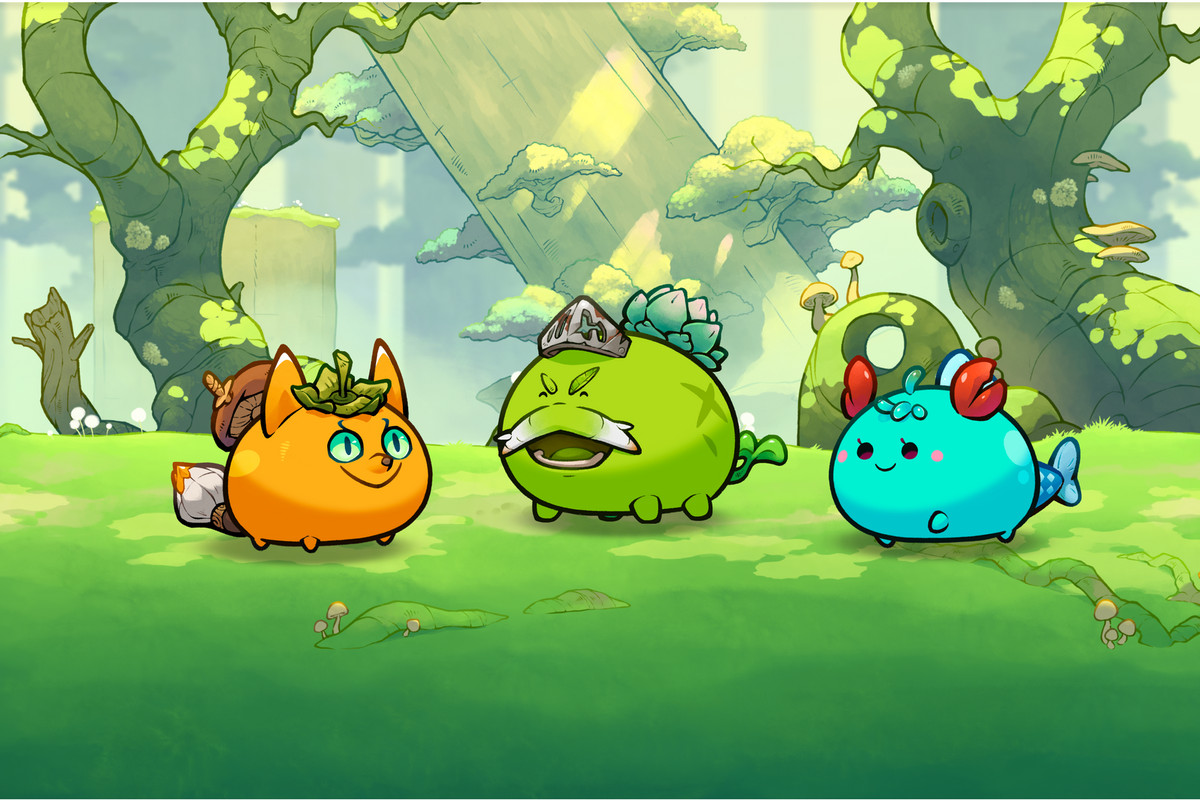Introduction
The gaming industry has always been quick to embrace innovation, from early pixel-based adventures to immersive open-world experiences. Now, a new frontier is emerging: NFT gaming. Short for non-fungible tokens, NFTs represent unique digital assets that players can truly own, buy, sell, and trade. Combined with the metaverse—a persistent virtual universe where people interact socially and economically—NFT gaming is gaining traction as one of the most disruptive forces in the digital economy.
But is the match between NFT games and the metaverse truly perfect? To understand this, we need to look at what makes play-to-earn gaming special, how NFTs change the value of in-game assets, and the challenges that could shape the future of this space.
What Is Play-to-Earn?
At its core, play-to-earn (P2E) gaming is a model where players can generate real-world income through their in-game activities. Unlike traditional gaming, where the money typically flows one way—players paying publishers for games or microtransactions—P2E flips the model. Here, time spent in a game can translate into tangible value.
For example, in titles like Axie Infinity, players breed and battle creatures to earn cryptocurrency rewards that can be exchanged for cash. Similarly, The Sandbox allows users to buy virtual land and monetize it by building experiences or renting it out to others.
This shift gives players a sense of financial empowerment. Suddenly, the hours spent grinding for loot or building digital worlds are not just entertainment—they are investments. That sense of purpose is one reason NFT gaming has skyrocketed in popularity across regions such as Southeast Asia, where many gamers treat it as both a hobby and a source of income.
See more: Are the prices of non-fungible tokens influenced by cryptocurrency?
How NFTs Add Value to Gaming
NFTs are the backbone of play-to-earn gaming because they solve one of gaming’s biggest frustrations: ownership.
In traditional games, even if you buy skins, weapons, or virtual real estate, those assets are locked to the publisher’s servers. If the game shuts down, your purchases vanish. NFTs change that by recording ownership on the blockchain, making them verifiable, tradable, and transferable across platforms.
Here are a few ways NFTs add value:
- Scarcity and uniqueness: Just like rare trading cards, NFT-based items can be truly limited in number. Owning a rare sword in an NFT game means you have something other players can’t simply replicate.
- Interoperability: While still in its early stages, the idea of using an NFT skin or avatar across multiple games in the metaverse is a powerful one. Imagine buying an outfit once and wearing it across Fortnite, Decentraland, and beyond.
- Player-driven economies: Gamers can trade items with each other on marketplaces, giving rise to economies controlled by players, not corporations.
This ability to own and monetize digital assets is the primary reason NFT games are so tightly linked with the metaverse vision. After all, what is a virtual universe without real, tradeable property?
The Rise of Play-to-Earn Communities
Gaming has always been social, but NFT gaming communities are taking things to the next level. In many regions, guilds and collectives are forming around P2E games, where experienced players lend NFTs to newcomers in exchange for a share of earnings. These arrangements, often called “scholarships,” lower the barrier to entry for expensive NFT-based games.
Take Yield Guild Games as an example. This organization invests in NFT assets across multiple titles and lends them out to players worldwide, creating a global ecosystem of gamers and investors working together.
Moreover, these communities are not just about money—they foster collaboration, mentorship, and shared identity. In some parts of the world, P2E gaming is not just entertainment; it has become a livelihood and even a cultural movement.
When paired with the metaverse, where social interaction and digital economies converge, NFT games become even more significant. Virtual concerts, business meetings, and online hangouts could all overlap with gaming economies, blurring the line between play and work.
Challenges and Concerns
While NFT gaming and the metaverse seem like a perfect pairing, the journey is not without hurdles. Here are some of the biggest challenges facing the industry today:

1. Market Volatility
The value of NFTs and cryptocurrencies is highly unstable. Players who invest heavily in in-game assets may find their investments plummet overnight. For instance, Axie Infinity’s in-game currency once soared in value before dropping dramatically, leaving many players at a loss.
2. Scams and Fraud
With money involved, scams are inevitable. Fake NFT drops, rug pulls (where developers vanish after selling NFTs), and phishing attacks are rampant. This erodes trust among newcomers and gives the industry a reputation for being the “Wild West.”
3. Environmental Impact
Many blockchains still rely on energy-intensive proof-of-work systems, raising concerns about the environmental footprint of NFT gaming. Although more eco-friendly solutions like proof-of-stake are gaining adoption, sustainability remains a hot topic.
4. Regulatory Uncertainty
Governments around the world are grappling with how to regulate NFTs, cryptocurrencies, and play-to-earn gaming. In some regions, concerns about gambling and taxation are leading to stricter oversight.
5. Accessibility and Barriers to Entry
Ironically, while P2E promises income opportunities, the cost of entry can be steep. Some NFT games require hundreds—or even thousands—of dollars to start playing, which locks out many potential gamers unless they join guilds or lending programs.
The Future of NFT Gaming
Despite the challenges, the long-term potential of NFT gaming is immense. Here’s what the future may hold:
- Mainstream adoption: As big studios like Ubisoft and Square Enix explore NFT integrations, expect more mainstream titles to embrace blockchain.
- Metaverse integration: NFT gaming will likely become a cornerstone of metaverse platforms like Decentraland and The Sandbox, where virtual economies flourish.
- Cross-game interoperability: Imagine carrying your NFT avatar, weapons, or property seamlessly across multiple games and platforms. This would represent a truly connected metaverse.
- Sustainable blockchains: With Ethereum moving to proof-of-stake and newer eco-friendly blockchains emerging, environmental concerns may ease over time.
- Hybrid models: We may see a balance between traditional gaming fun and play-to-earn mechanics, ensuring games remain enjoyable even without financial incentives.
Ultimately, NFT gaming has the potential to transform not just how we play but how we live and work in digital spaces.
Conclusion
NFT games and the metaverse do appear to be a natural pairing. NFTs bring ownership, value, and tradeability to digital assets, while the metaverse offers a vast playground where these assets can be used, displayed, and monetized. Together, they create an ecosystem where gaming, community, and economy collide.
However, this pairing is far from perfect. Volatility, scams, and accessibility issues remain serious challenges. Yet, as technology matures and regulations stabilize, NFT gaming could evolve into one of the defining pillars of the metaverse.
For players, the key is to explore responsibly. Whether you’re battling in Axie Infinity, buying land in The Sandbox, or attending a virtual concert in Decentraland, remember: the future of gaming is not just about playing—it’s about owning a piece of the digital universe itself.

